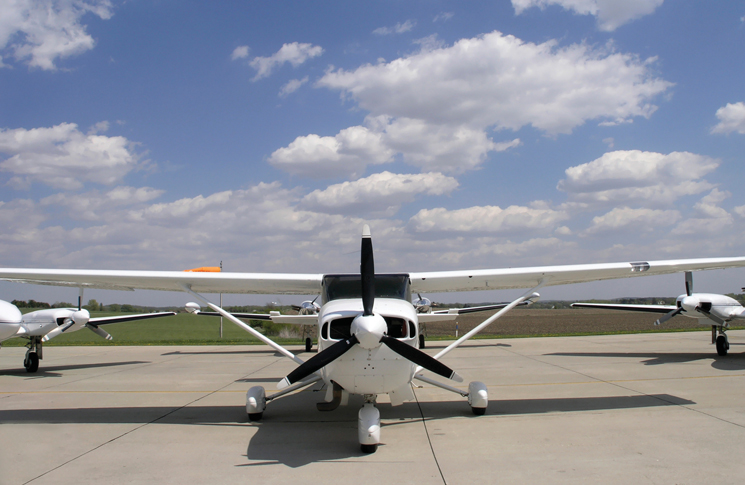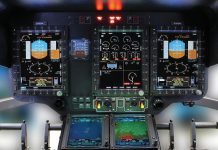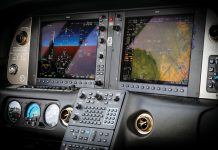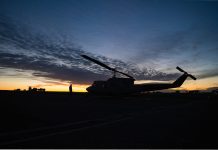- Carburettor heat is provided to combat icing within the carburettor and induction system and directs heated air into the carburettor inlet. The alternate air control is:
- usually provided on fuel-injected engines and offers an alternative source of air that is not prone to obstruction by either a filter or airframe icing
- usually provided on fuel-injected engines and serves exactly the same function as carburettor heat on an engine fitted with a carburettor
- provided to select filtered air in dusty conditions
- provided as a second source of static air to the pressure instruments.
- Buys Ballot’s law states for the southern hemisphere that if you stand with your back to the wind, the low-pressure area will be:
- on your left
- on your right
- behind you
- in front of you.
- A straight track line drawn on a WAC chart is actually:
- a rhumb line track which is the shortest distance
- a great circle track which has a constant angle with the meridians
- a rhumb line track that theoretically requires a constant change of heading to follow it
- a great circle track that theoretically requires a constant change of heading to follow it.
- In a forecast, cloud cover described as scattered (SCT) and broken (BKN) means:
- 1–2 OKTAS and 3–4 OKTAS respectively
- 3–4 OKTAS and 5-7 OKTAS respectively
- 1–2 OKTAS and 5–7 OKTAS respectively
- 3–4 OKTAS and 4–5 OKTAS respectively.
- During a pre-flight engine run-up, if the engine RPM increases when carburettor heat is selected, this:
- is normal on any aircraft
- will normally happen on particularly hot days
- might indicate a partially blocked air filter
- indicates that the ignition timing is too far advanced.
- Diethylene glycol monomethyl ether is used in aviation as:
- a fuel additive used to inhibit ice formation in fuel
- a coolant in liquid-cooled engines
- an ice inhibitor applied to external aerofoil surfaces
- a cleaner for acrylic windows.
- The pumping energy for an ejector pump in a fuel system is derived from:
- compressor bleed air
- ram air
- the output of the submerged boost pump before the fuel reaches the main engine-driven pump
- returned fuel from the engine-driven pump.
- The declared summer density altitude:
- provides a conservative means of calculating aircraft performance at a given location by using data published in a CAO
- is the worst-case density altitude as calculated seasonally by the Bureau of Meteorology for each forecast area
- is the worst-case density altitude at a particular aerodrome on a given day as calculated from the area forecast
- is the worst-case density at a particular aerodrome on a given day as calculated from the terminal area forecast.
- If, during a daily inspection, you find that a considerable quantity of water has accumulated in the rudder, the immediate airworthiness consideration is that:
- a drain hole is probably blocked but there are no other airworthiness considerations
- the water will alter the centre of gravity of the rudder and potentially increase the tendency for flutter
- the water will move the centre of gravity of the rudder forward
- the water will move the centre of gravity of the aircraft forward.
- One potential hazard of making a landing approach over trees is:
- it is extremely common for pilots to underestimate the height of dead tree branches
- it is extremely common for pilots to overestimate the height of dead tree branches
- trees can cause an updraft immediately downwind
- trees can cause a downdraft immediately upwind.
Quiz answers
1 (a)
2 (b)
3 (d)
4 (b)
5 (c)
6 (a)
7 (d)
8 (a)
9 (b)
10 (a)





